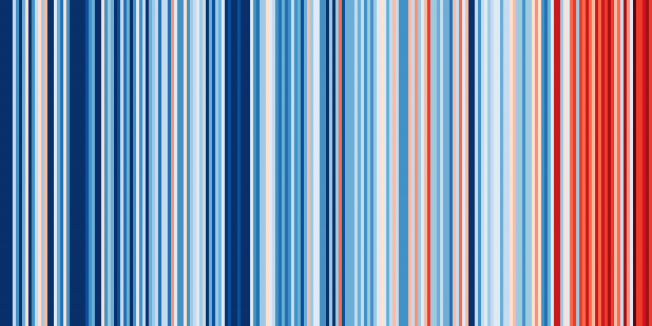The signal-to-noise paradox in climate forecasts: revisiting our understanding and identifying future priorities
Bulletin of the American Meteorological Society American Meteorological Society 105 (2024) E651-E659
Multi-decadal skill variability in predicting the spatial patterns of ENSO events
(2024)
A Bayesian approach to atmospheric circulation regime assignment
Journal of Climate AMS 36:24 (2023) 8619-8636
Abstract:
The standard approach when studying atmospheric circulation regimes and their dynamics is to use a hard regime assignment, where each atmospheric state is assigned to the regime it is closest to in distance. However, this may not always be the most appropriate approach as the regime assignment may be affected by small deviations in the distance to the regimes due to noise. To mitigate this we develop a sequential probabilistic regime assignment using Bayes Theorem, which can be applied to previously defined regimes and implemented in real time as new data become available. Bayes Theorem tells us that the probability of being in a regime given the data can be determined by combining climatological likelihood with prior information. The regime probabilities at time 푡 can be used to inform the prior probabilities at time 푡 +1, which are then used to sequentially update the regime probabilities. We apply this approach to both reanalysis data and a seasonal hindcast ensemble incorporating knowledge of the transition probabilities between regimes. Furthermore, making use of the signal present within the ensemble to better inform the prior probabilities allows for identifying more pronounced interannual variability. The signal within the interannual variability of wintertime North Atlantic circulation regimes is assessed using both a categorical and regression approach, with the strongest signals found during very strong El Niño years.The link between North Atlantic tropical cyclones and ENSO in seasonal forecasts
Atmospheric Science Letters Wiley 25:1 (2023) e1190
Abstract:
This study assesses the ability of six European seasonal forecast models to simulate the observed teleconnection between ENSO and tropical cyclones (TCs) over the North Atlantic. While the models generally capture the basin-wide observed link, its magnitude is overestimated in all forecast models compared to reanalysis. Furthermore, the ENSO-TC relationship in the Caribbean is poorly simulated. It is shown that incorrect forecasting of wind shear appears to affect the representation of the teleconnection in some models, however it is not a completely sufficient explanation for the overestimation of the link.Validation of boreal summer tropical–extratropical causal links in seasonal forecasts
Weather and Climate Dynamics Copernicus Publications 4:3 (2023) 701-723



